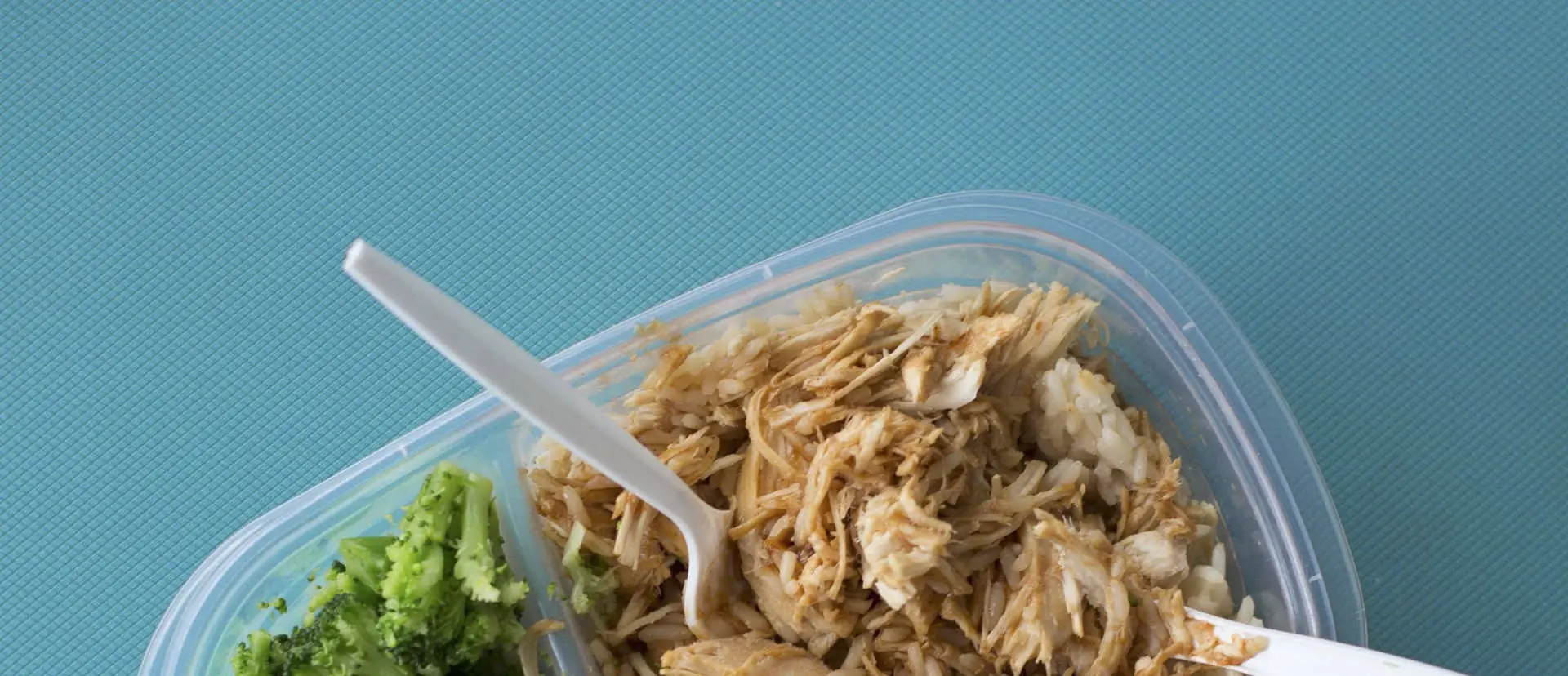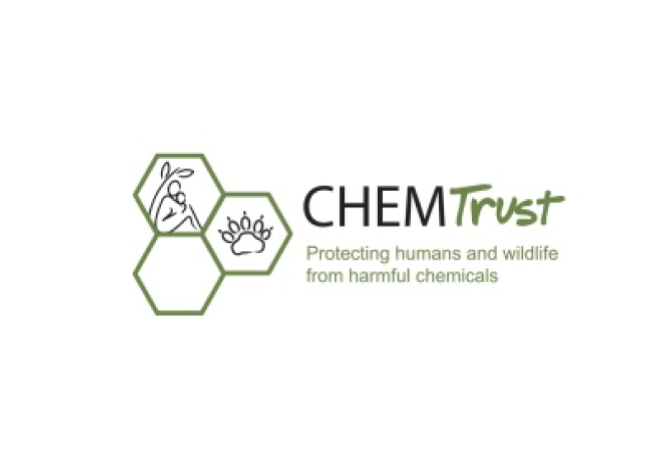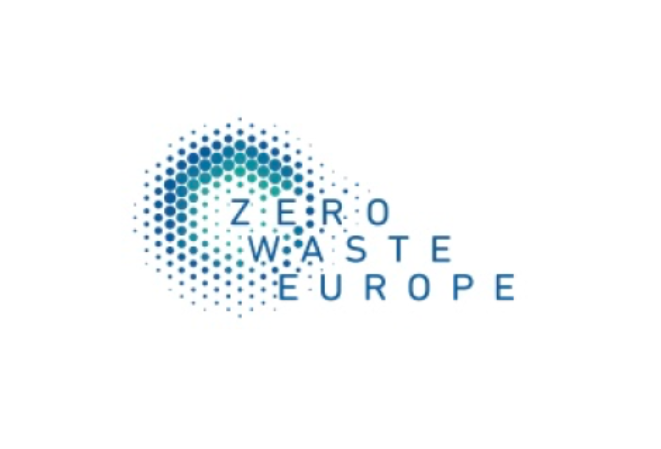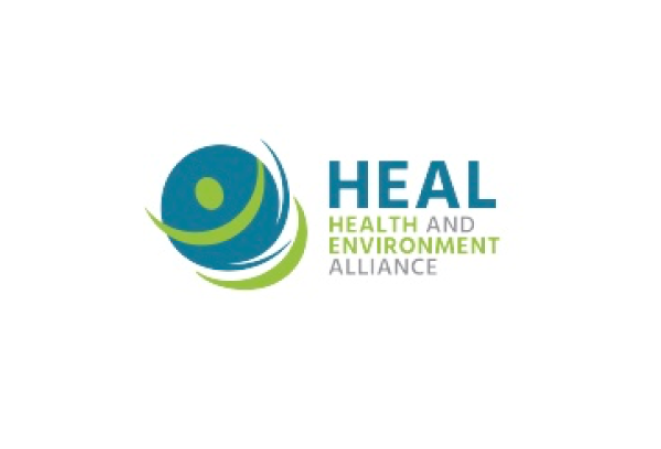Why do we need toxic-free food packaging & food contact materials?
For healthy bodies, a safe environment, and a circular economy free of toxic chemicals!
All items that touch the food we eat
Often when thinking of food packaging, we think only of the wrappers or containers that are thrown out as we cook or eat our food. But food contact materials include many more items, and more processes, than just the final delivery wrapping. From the farm to storage, to processing and grocery shops, food comes in contact with materials that protect it from the weather, to keep it clean during shipping, and to wrap it in individual serving sizes. Once we’ve purchased something, we use materials at home to prepare it, stir it, heat it up, and eventually eat it. Most of us assume that the products we buy at the shop to cook and store our food have been tested and deemed safe to use. Unfortunately, this is not always the case.
Food Contact Materials can be made of plastics, ceramics, paper or cardboard, metal, or glass – or a combination of the above – plus any inks used for labelling or decoration. More novel materials include bamboo, bio-based or “compostable” plastics, and other so-called “green” materials.
Food Contact Material Laws Now
Regulation of food contact materials in the European Union has not kept up with science and consumer needs. The framework regulation in the EU is over 40 years old and has not been systematically evaluated, while certain aspects of EU chemicals legislation have been adapted to reduce or eliminate toxic chemicals. It is imperative that the food contact materials regulation aligns with the Chemicals Strategy for Sustainability (CSS), which was adopted in 2020.
Due to complexities with EU lawmaking, food contact materials are currently regulated in ways that differ from comparable items or processes; for example, a chemical may be banned from a toy or a baby bottle but is still allowed to be used in food packaging or to produce a plate. This creates loopholes that are endangering public health and the environment.
As a result of these realities, countries within Europe have begun to legislate food contact materials individually, creating a piecemeal approach within the EU and the broader economic community. Denmark, Germany, and Switzerland have all passed legislation banning or restricting certain harmful chemicals, which has led to calls at the EU-level, from civil society and within industry, to address the law at a broader scale.
Now, a revision of the EU food contact materials law is underway. Our campaign is calling on the European Commission to create a truly toxic-free environment where nobody should have to worry about the presence of harmful chemicals in their food packaging and foodware. We do not want to merely patch the loopholes and make the law easier for industry to follow, but to ensure that the updated safety standards fully protect human health, create toxic-free material cycles for the circular economy, and ensure hazardous chemicals do not enter the environment.
Food packaging can contain health-harming chemicals
We are exposed to harmful chemicals through food packaging on a daily basis, and vulnerable populations, such as children and pregnant people, are particularly at risk. Workers in the production and waste management sectors also have large exposure to these substances. Bisphenols, phthalates and fluorinated compounds (PFAS, also known as “forever chemicals”) are just a few examples of harmful chemicals that can be present in food packaging.
These, and other chemicals, can be linked to the development of cancers, problems with reproduction, disturbed metabolism, obesity, diabetes, and impaired brain development. These chemicals can also negatively impact our immune system, resulting in a reduced ability to fight infections or respond to vaccines.
Some of these chemicals, like bisphenols and phthalates, are also endocrine disrupting chemicals (EDCs) which can affect hormones and their role in how the body develops and functions, and can have effects on multiple generations as exposure to these chemicals prenatally or during adult life can negatively impact the health of future generations.
Chemicals in food packaging enter our bodies and the environment
In Europe, thousands of different chemicals are used to produce and treat food contact materials. These chemicals have the potential to migrate from the materials into our food or drink. These chemicals can also pollute the environment.
Chemical migration can occur under diverse situations, and the temperature, type of food, packaging material, and storage time all affect this process. Scientists are still learning about these processes, and so we do not yet have a full understanding of the effects of chemical migration into our food and drink via food contact materials.
Food Packaging hinders the circular economy
The disposal of food packaging and other food contact materials is a persistent problem in our society.
Although the EU now limits single-use plastic in certain cases, single-use substitutes have entered the market, many of which remain untested for human safety, and which still create a waste problem. While our partner organisations continue to work to reduce waste, our campaign will advocate for efficient EU laws that reduce chemicals present in food packaging that can harm health, linger in the environment and create hazardous conditions for recycling.
Toxic-free material cycles are a priority for our campaign because while some products can be reduced or reused, food safety and reducing food waste mean that we will probably always need some food packaging. For this reason, we must eliminate hazardous chemicals from the start, so that when the products are recycled or composted, it is safe. Evidence already exists that some recycled plastics have higher levels of harmful chemicals – we must prioritise public health and the environment while encouraging more recycling.

Take Action!
Make your voice heard! Together, we have the power to send our message and get rid of products with toxic chemicals that come into contact with our food.
Learn MoreWe Demand Action
The time is now for the European Union to fundamentally rework its framework law governing food contact materials and food packaging.
In Europe alone, some 8,000 chemicals can be used in food packaging and other FCMs. Unfortunately, many of these chemicals that can be found in food contact materials or are used in their production, can now be found in the human body and in the environment. With each day that passes without an updated legislative framework, people and the environment continue to be exposed to these chemicals. We demand action for a toxic-free future.
Learn more





